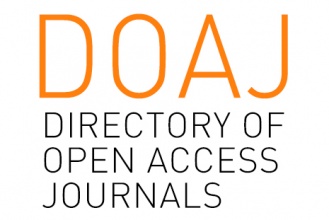Future climate change models as predictors of range reduction of two endemic cichlid species of Honduras
DOI:
https://doi.org/10.24215/16684869e028Keywords:
Boosted Regression Trees, Maxent, protected areas, Random Forest, speciesAbstract
The consequences of climate change on freshwater ecosystems and fish are evident, as their phenology and distribution have been altered. The objective of this study was to assess future climate change models as predictors of range reduction of two endemic cichlid species (Chortiheros wesseli and Amphilophus hogaboomorum) in Honduras. Bioclimatic and hydroclimatic variables and four modeling techniques were used: Maximum Entropy, Random Forest, MaxNet and Boosted Regression Trees. The best model was validated using the Area Under the Curve (AUC) and True Skill Statistics (TSS). The general circulation model HADGEM2_ES was used under the scenarios of Representative Concentration Pathways RCP4.5 and RCP8.5 at the 2050 and 2080 horizons. The projections show Random Forest as the best model and under the climate change scenarios the distribution of both species decreased from 17.94% to 57.02% for RCP4.5 and 19.19% to 69.48 for RCP8.5. Suitable protected areas will not maintain favorable conditions for C. wesseli and potential areas for A. hogaboomorum are not included in the Honduran protected areas system. These results have important implications for the conservation of two endemic freshwater cichlid species in Honduras.
Downloads
Downloads
Published
How to Cite
Issue
Section
License
Copyright (c) 2022 Marco Herminio Osorto Nuñez

This work is licensed under a Creative Commons Attribution-NonCommercial-ShareAlike 4.0 International License.





















